Sacred 12 Jyotirlingas in India: A Symbol of Eternal Spirit
2 Jyotirlingas in India – Twelve Sacred Shrines of Lord Shiva: In Hindu Mythology, Lord Shiva is treated as the supreme god. He is called the destroyer, powerful, one among the Trinity (Brahma, Vishnu, Maheshwar) gods. People who worship Lord Shiva are called Shaivas. He is worshiped in an iconic form in the local word lingam.
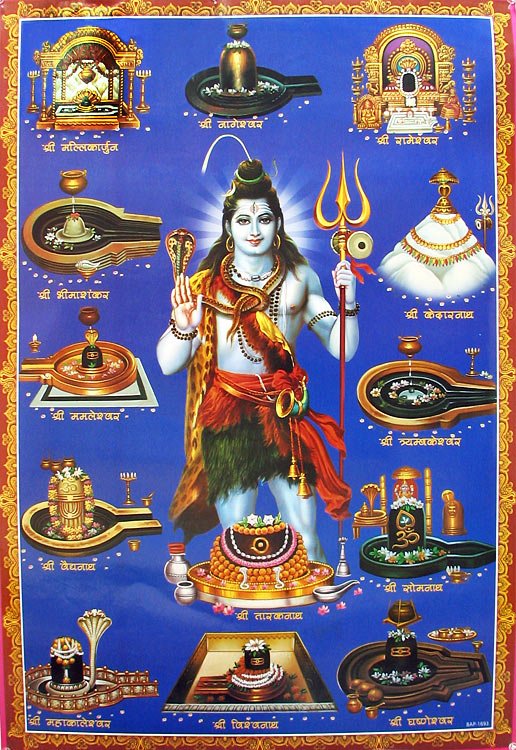
Puranas says he is immersed in deep meditation and lives in Mount Kailas. Some of them also say he is a great ‘yogi’. He shares a half body with his wife Goddess Parvathi. He has two sons named Lord Ganesha/ Vinayaka who is known as the god of all vignas and Lord Kartikeya/ Murgan/ Subramanya who is well known for Sarpa/ snake Shanti rites.
It is said he wears tiger skin and apply ashes to his body. He has blue throat as he drank poison during Samudra Manthan (churned the ocean with the help of mountain and snake by gods and demons).
He is also said to have a crescent moon on the head and the sacred Ganges in his hair. He is called as “Bola Shankar” – his satisfies easily and gifts boons to all his devotees. Puranas says he is the only god prayed by demons as he gifts boons without any regard with future consequences. It is said because of his boons he was responsible for many complications and in some times he himself put in troubles. He is called as Nataraja for his cosmic dance with the help of damaru (a small drum shaped hourglass).
In order to bless his devotees, Lord Shiva has manifested himself as Jyothirlingas in many places. Many people say that there are 64 jyothirlingas out of which only 12 are considered as very auspicious.
Contents
- 1 Dwadasa Jyotirlinga Stotram: Sloka of 12 Jyotirlingas in India:
- 2 List of the 12 Jyotirlingas in India:
- 3 How to cover 12 Jyotirlingas in India
- 4 Significance of 12 Jyotirlingas in India:
- 5 What is the mystery of 12 jyotirlingas?
- 6 How tall is 12 jyotirlinga?
- 7 FAQ:
- 7.0.1 What are the 12 Jyotirlingas?
- 7.0.2 Are the Jyotirlingas open to all?
- 7.0.3 Do the Jyotirlingas have their own special rituals or festivals?
- 7.0.4 Do I have to dress up particularly when visiting the Jyotirlingas?
- 7.0.5 Are there accommodations nearby the Jyotirlingas?
- 7.0.6 What is the order of visiting 12 jyotirlinga?
Dwadasa Jyotirlinga Stotram: Sloka of 12 Jyotirlingas in India:
सौराष्ट्रे सोमनाथं च श्रीशैले मल्लिकार्जुनम्।
Saurashtre Somanathamcha Srisaile Mallikarjunam|
उज्जयिन्यां महाकालमोङ्कारममलेश्वरम्॥
Ujjayinya Mahakalam Omkaramamaleswaram ||
परल्यां वैद्यनाथं च डाकिन्यां भीमशङ्करम्।
Paralyam Vaidyanathancha Dakinyam Bheema Shankaram |
सेतुबन्धे तु रामेशं नागेशं दारुकावने॥
Setu Bandhethu Ramesam, Nagesam Darukavane||
वाराणस्यां तु विश्वेशं त्र्यम्बकं गौतमीतटे।
Varanasyantu Vishwesam Tryambakam Gautameethate|
हिमालये तु केदारं घुश्मेशं च शिवालये॥
Himalayetu Kedaaram, Ghrishnesamcha shivaalaye||
एतानि ज्योतिर्लिङ्गानि सायं प्रातः पठेन्नरः।
Etani Jyotirlingani, Saayam Praatah Patennarah|
सप्तजन्मकृतं पापं स्मरणेन विनश्यति॥
Sapta Janma Kritam pApam, Smaranena Vinashyati||
एतेशां दर्शनादेव पातकं नैव तिष्ठति।
Etesham Dharshanadev Pathkam Naiv Thistathi|
कर्मक्षयो भवेत्तस्य यस्य तुष्टो महेश्वराः॥:
Karmashye Bavetasya Yasya Tushto Maheshvarah||
द्वादश ज्योतिर्लिंग स्तोत्रम्
Dvadash Jyothirling Stotram
One who recites these Jyotirlingas stotram every morning and evening, he is relieved of all sins committed in past seven lives. One, who visits these temples, gets all his wishes fulfilled.
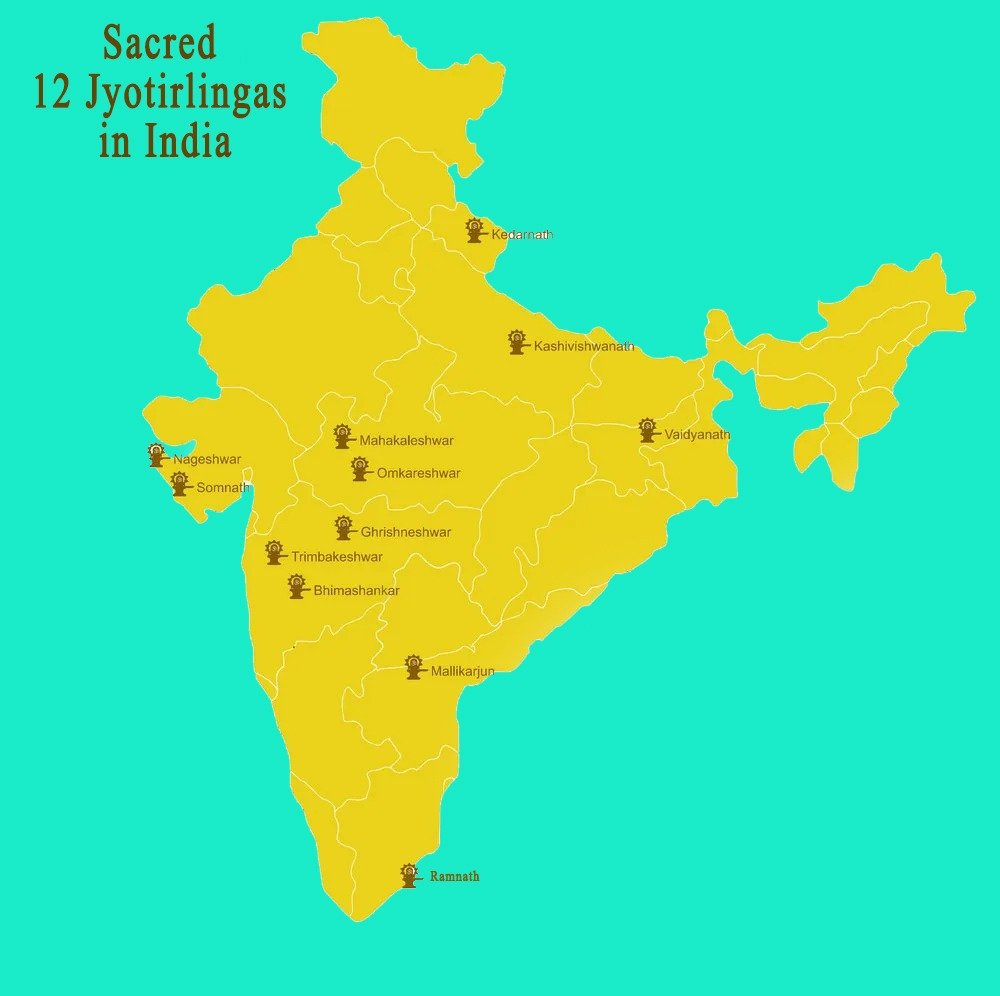
List of the 12 Jyotirlingas in India:
1. Somanath located at Saurashtra (Gujarat)
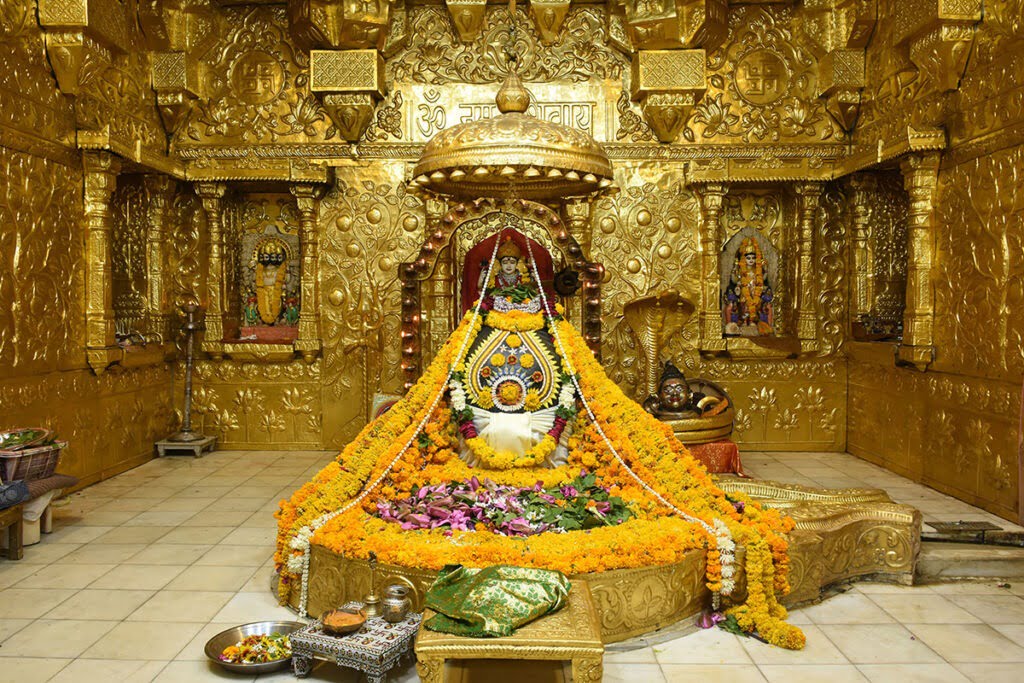
Somnath Jyotirlinga is a temple that stands on the silent serene coastline of Gujarat, representing divine light and spiritual grandeur. This exquisite sacred temple of Lord Shiva is held at the highest mythological importance to the Hindu religion because it has been revered as the first of the twelve Jyotirlingas. Its hundred-year history marked by the sheer strength of having stood after being invaded numerous times still shines with the same brilliance.
Somnath Jyotirlinga is also a house of worship but an epitome of eternal faith and devotion. It is said that a person who comes to this holy shrine will get all his sins purified and rich divine blessing. Three rivers, viz Saraswati, Hiranya, and Kapila confluence in the location that heightens its mysticism gives it a status among pilgrims seeking spiritual solace and enlightenment.
Whether it’s for its historical values, architectural beauty, or the spiritual atmosphere of the place, visiting Somnath Jyotirlinga does guarantee an experience more than ordinary: establishing a link between the realms of mortals and the divine.
2. Mallikarjunam located at Shri-Shailam (Andhra Pradesh)
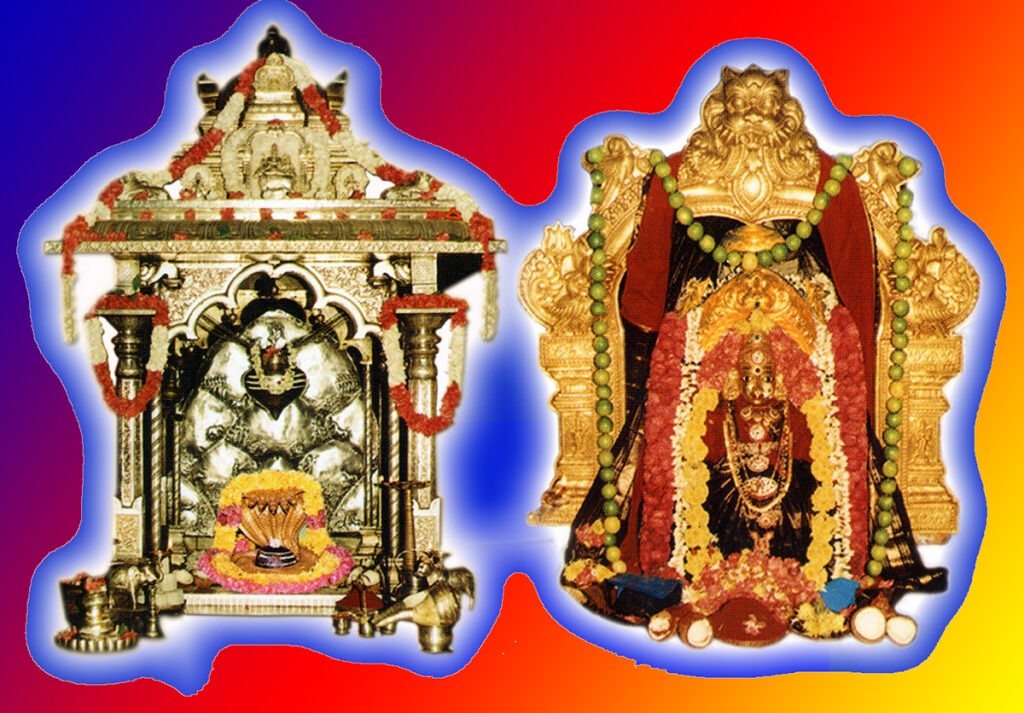
It is the majestic Mallikarjuna Jyotirlinga, strategically situated on the top of lush Nallamala Hills in the state of Andhra Pradesh, full of spiritual serenity and ancient mystique. This sacred temple is dedicated to Lord Shiva and Goddess Parvati, one of the twelve Jyotirlingas of importance believed to be revered by devotees.
It sits pretty by the side of Krishna River and forms the temple part of its eerie beauty, which is a haven for anyone wanting to take refuge in spiritual enlightenment. Mallikarjuna Jyotirlinga is more than a site of worship; it is a full-blown divine energy point. The legend goes that, because the Lord Shiva and Goddess Parvati are believed to be present there, anyone visiting it could get excellent blessings of peace, prosperity, and liberation.
The architectural beauty of the temple is conquered by visitors, intricately carved, and there is a deep sense of devotion in the atmosphere. Whether you are a devout pilgrim or a curious traveler, an unforgettable journey into the heart of India’s spiritual heritage awaits you at Mallikarjuna Jyotirlinga..
3. Mahakaal located at Ujjain (Madhya Pradesh)
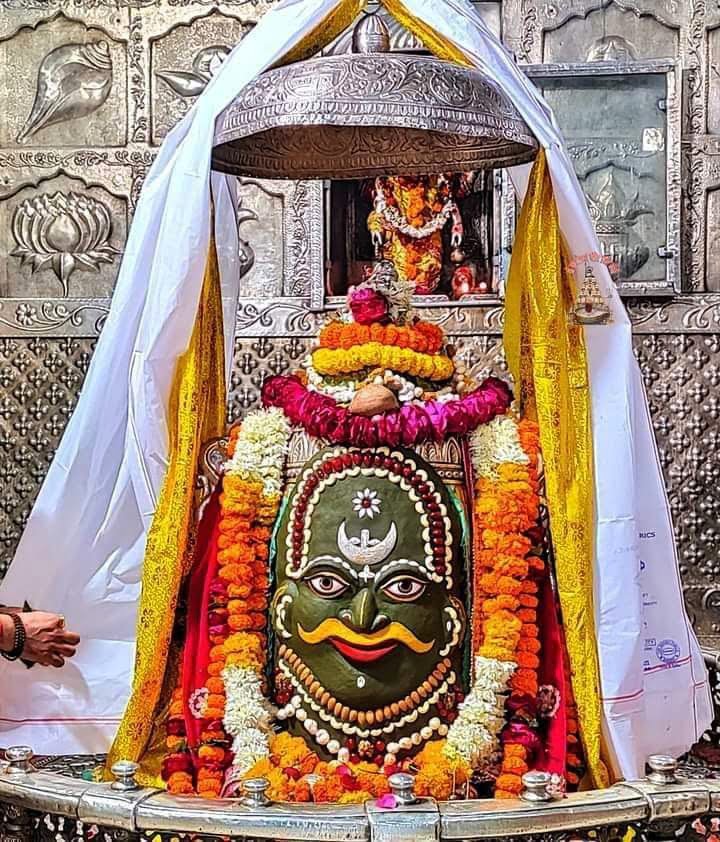
Mahakaleshwar Jyotirlinga-Mahakaleshwar Jyotirlinga is a dazzling merger of spirit and history set against the historical city of Ujjain in Madhya Pradesh. This temple, dedicated to Lord Shiva, is one of the twelve Jyotirlingas and, in Hindu mythology, has a special status. It is famous for the southfacing deity, known as Dakshinamurti, which symbolises Shiva as the conqueror of death and supreme divine guru.
Situated on the banks of the hallowed river Shipra, Mahakaleshwar Jyotirlinga reflects divine energy and spiritual enlightenment. The temple architecture, with towering spires and intricate carvings, represents the splendor of Indian ancient era craftsmanship. The sanctum sanctorum in which lies the self-manifested lingam attracts extraordinary currents of energy from within itself and bestowed peaceful and spiritual awakening on devotees.
Visitors are brought alive by the rich history of the temple dating back to 6th century AD and its wondrous legends telling about miracles and divine interventions. A devotional pilgrim or an inquiring traveler, Mahakaleshwar Jyotirlinga promises to attract tourists and pilgrims with promises of an unforgettable journey into the heart of India’s spiritual heritage.
4. Omkareshwar is located along the river Narmada. (Madhya Pradesh)
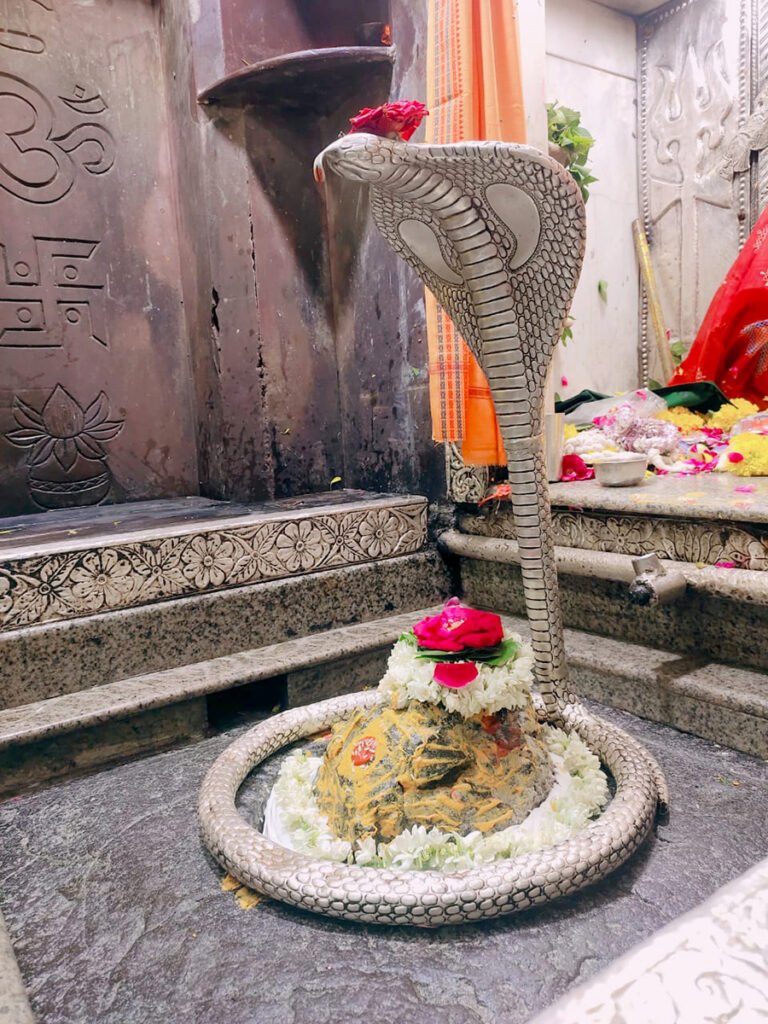
Envision the island in the form of the sacred symbol, the curved “Om” sign ॐ, all wrapped up in the gentle waters of the Narmada River. That is where the Omkareshwar Jyotirlinga is situated, an emanation of spiritual power and grace from above. Of the twelve Jyotirlingas, this Shiva temple stands like a heaven of peace and enlightenment.
The route that leads to Omkareshwar is as enchanting as the destination is. The island’s shape along with the gentle flow of Narmada creates an atmosphere, mystical enough to catch the soul. The architecture of the temple jutting out on both sides adorned with some intricate carvings and ancient artistry speaks of a rich cultural heritage of India.
Attraction of Omkareshwar Jyotirlinga is not only because of its spiritual importance, but deep serenity it provides. The richly revered temple complex comes with the sacred Mamleshwar Temple on the southern side inviting one into an experience divine in what transcends the ordinary.
Be it solace or mysticism, be it history or peace-the travel to Omkareshwar Jyotirlinga will guarantee a memory for lifetime and a journey to the very heart of India’s sacred tradition.
5. Baidyanath located at Deoghar (Jharkhand)
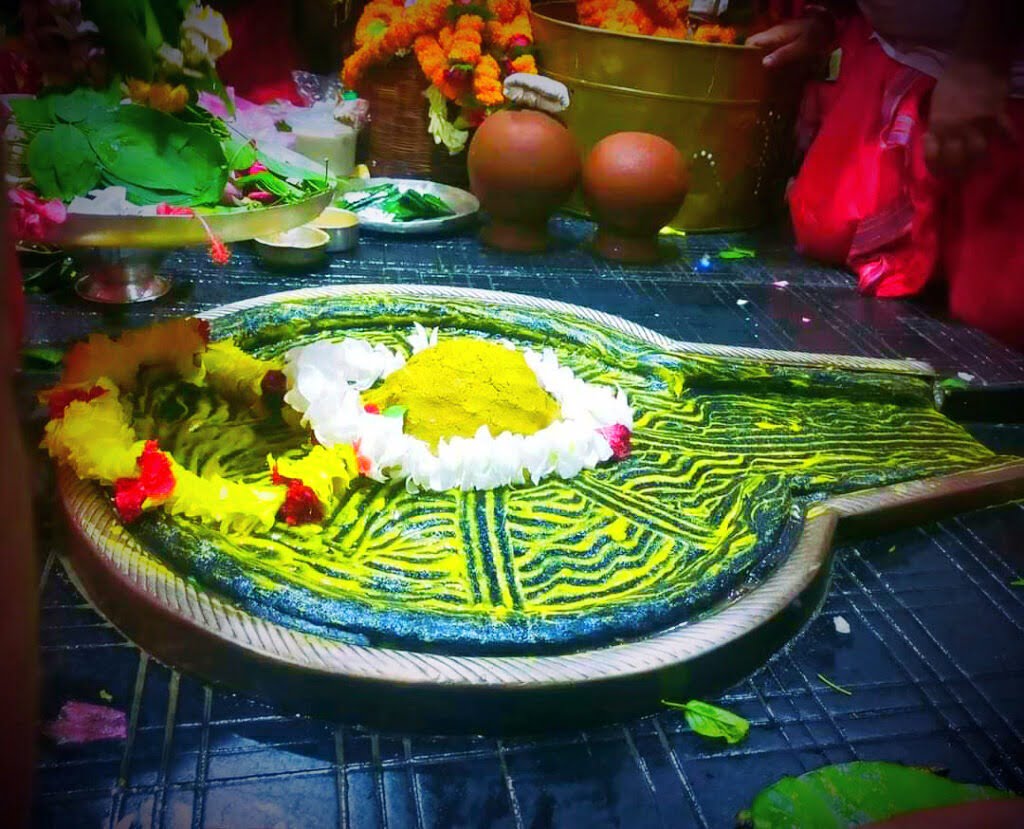
Baidyanath Jyotirlinga, colloquially referred to as Baba Baidyanath Dham, is a very holy temple for Hindus by name. It sits at Deoghar in Jharkhand. The great site comes as one of the twelve Jyotirlingas and thus, one of the most sacred shrines of Lord Shiva. The temple itself is a spiritual haven apart from the main shrine where the Jyotirlinga rests. Then, there are 21 other temples12.
An interesting legend surrounds the Baidyanath Jyotirlinga, one that brings us to the story of Ravana, the great demon king, who performed extreme penance to appease Lord Shiva. Being pleased by such devotion, Shiva granted him a boon. Ravana requested that the Jyotirlinga be taken to his kingdom; however due to divine intervention, the lingam was placed in Deoghar where it stands to date3.
It is not simply a religious site but a healing and wellness icon. It is a religious place of worship for Lord Shiva as “Baidyanath,” or the “Lord of Physicians,” who has healing powers2. The beauty of the temple, with all its spiritual forces, genuinely calls out to true devotees from around the world to receive blessings and growth.
The darshan at Baidyanath Jyotirlinga itself is a nirvanic experience. Thousands of devotees visit the Kanwar Yatra wherein they collect holy water from the Ganges and use the same at the temple also. The Shravani Mela during the Hindu month of Shravan is a grand celebration which attracts lakhs of devotees to make it lively and pious2.
Whether a devout pilgrim or an inquisitive tourist, there is every reason to believe that Baidyanath Jyotirlinga would indeed be a journey to the very heart of India’s spiritual heritage.
6. Bhimashankaram located at Dakniya (Maharashtra)
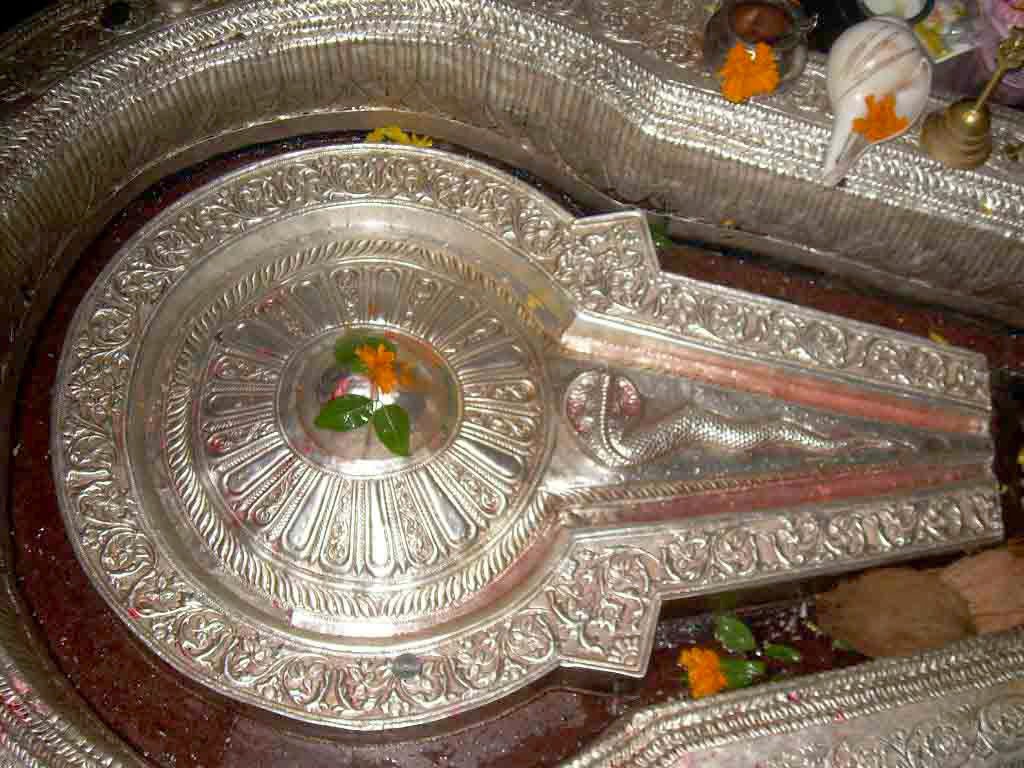
Bhimashankar Jyotirlinga: This sacred pearl is situated in the beautiful ranges of Sahyadri Hills of Maharashtra. The temple of Lord Shiva is considered to be one of the twelve Jyotirlingas, believed to be amongst the most important pilgrimages that a devotee can seek for spiritual solace and divine blessings.
The temple is at Bhorgiri, which is a small village near Pune. Bhimashankar Wildlife Sanctuary surrounds it, thus bringing in more serenity and mystic value to the place. Various types of flora and fauna are found there, and one can even see the rare Malabar Giant Squirrel, so it can be considered heaven for not just spiritual seekers but for nature lovers also12.
The Bhimashankar Jyotirlinga is neither a temple and at the same time, is an architectural symbol giving eternal sources of divine strength, and ancient legendary texts. It is said that, as a victory over the demon Tripurasura, Lord Shiva killed him at this temple and his sweat formed the Bhima River3. This has brought to the temple even more mystic charm so that pilgrims come from all corners of the world.
Architecturally, the temple is a picture of old and new motifs put together. It is heavily carved in an exquisitely simple structure that dates back to the 13th century. The sabhamandap, or the temple hall, was built in the 18th century by Nana Phadnavis, the prominent statesman of the Maratha Empire3.
Whether a faithful pilgrim or a sight-seeker, Bhimashankar Jyotirlinga has an unforgettable journey through the heart of India’s religious heritage. The temple milieu has its history walled, serene, and divine energy which allows no visitor to forego it in order to get a clearer connection with the divine.
7. Rameshem (Rameshwaram) located at Sethubandh (Tamil Nadu)
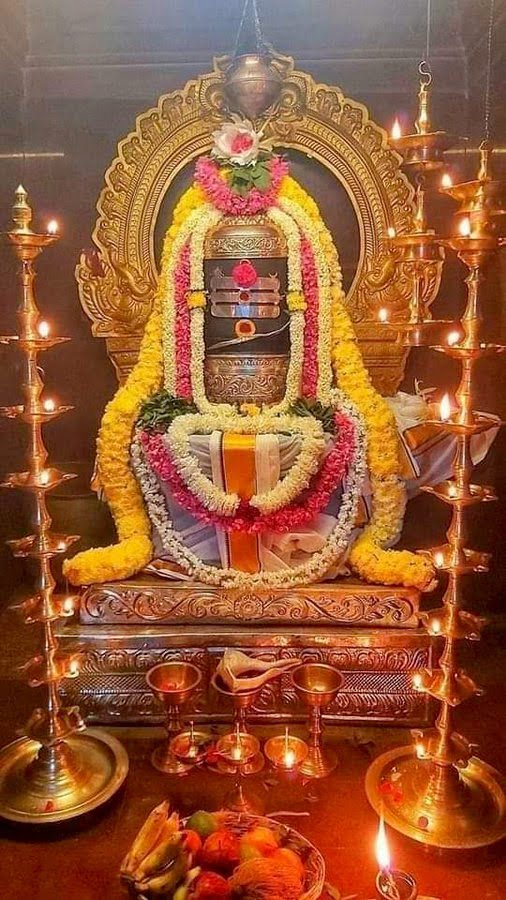
The divine wonder is Rameshwar Jyotirlinga, but the popular name assigned to it is Ramanathaswamy Temple. It stands majestically on the immaculate island of Rameswaram in Tamil Nadu. This holy temple is one of the twelve Jyotirlingas; therefore, it stands as an important pilgrim place for the devotees of Lord Shiva.
According to legend, the tale of the temple is quite much blended with the ancient classic Ramayana. It is said that Lord Rama, on his return to Lanka after having defeated the demon king Ravana, worshipped Lord Shiva here so as to expiate himself from the sin of killing Ravana who was a Brahmin. For performing the ritual, Rama asked Hanuman to fetch him a lingam from the Himalayas. But however, as Hanuman took too much time to come, Sita prepared a lingam of sand which happens to be the main deity of the temple12.
Architecturally, the Ramanathaswamy Temple is a wonder of the Dravidian style and possesses the greatest corridor ever built in Hindu temples in India with 4,000 intricately carved pillars in granite 1. The temple complex covers more than 15 acres and boasts of towering gopurams and a massive Nandi statue. The sanctum is home to two lingams: Ramalingam, made by Sita, and Vishwalingam, brought by Hanuman 2.
It is not just a shrine but rather spiritual benediction and enlightenment. In response to such an invitation of the blessings, pilgrims visit Rameshwar Jyotirlinga to undertake rituals as well as take a holy dip in any one of the tīrthas that are 24 in number.
Be it historical importance, architectural beauty or some spiritual environment, this is one great Jyotirlinga through which you can embark on a journey at your heart’s dictate in the sacred traditions of India.
8. Aundha Nagnath Jyotirlinga, located at Darauka-Vana. (Hingoli district of Maharashtra)
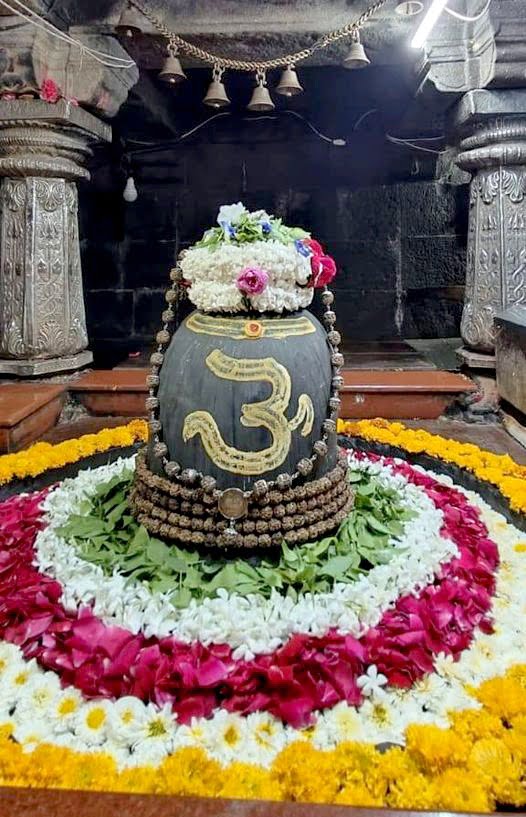
It is a temple located in the serene town of Aundha Nagnath in the Hingoli district of Maharashtra. Dedicated to Lord Shiva, Aundha Nagnath Jyotirlinga is one of the twelve ancient Jyotirlingas with a great sense of importance among devotees seeking divine blessings and spiritual enlightenment.
Legend and worship have completely covered the history of the temple. It is believed that Yudhishthira, the eldest of the Pandavas brothers, had constructed this very temple during their exile period, which makes it a place of mammoth historical and mythological importance1. The present construction, in terms of the Hemadpanthi architectural style, is built somewhere during the 13th century and was constructed by the Yadava dynasty2.
Aundha Nagnath Jyotirlinga is a shrine but a testament to fortitude and worship. To this date, it is still a test that the temple has faced, including invaders and natural calamities. The Maratha queen, Ahilyabai Holkar, rebuilt it after it was ravaged during the conquest by Aurangzeb2. The entire complex is replete with beautiful carvings and houses 12 smaller temples dedicated to the other Jyotirlingas, adding beauty to its grandeur.
It is also connected with the Varkari saints, especially Namdev, who was said to have had an intense spiritual experience there. Interestingly, according to a legend, the piety of Namdev was such that while the priests asked him to shift away from the sanctum sanctorum, the temple moved around to face him.
Visitors to the Aundha Nagnath Jyotirlinga come to see its serene atmosphere, rich history, and the mighty presence of Lord Shiva. The spiritual energy and architectural beauty of the temple ensure that a pilgrim comes to this destination seeking in his heart to be more intimate with God.
8. Nageshwar Jyotirlinga, located at Darauka-Vana. (Dwaraka, Gujarat)
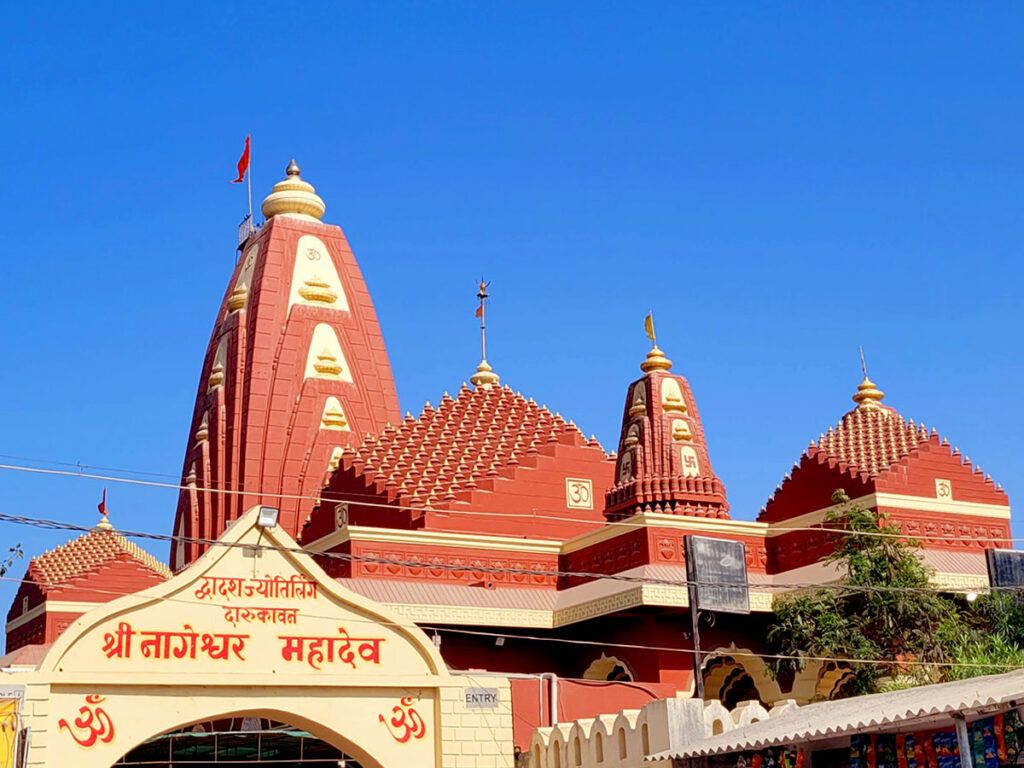
Nageshwar Jyotirlinga is a temple dedicated to Lord Shiva located in the coastal Saurashtra region of Gujarat close to Dwarka. Being one among the twelve Jyotirlingas, the abode has importance in its followers’ minds, who come up to the premise seeking blessings from the spiritual and enlightenment from the divine.
The temple is full of legend and mythology. The Shiva Purana narrates the story of Nageshwar Jyotirlinga being in a forest named Darukavana. In this legend, there was a dreaded demon who was terrorizing the local people named Daruka. A devoted Shiva worshipper, Supriya, was caught by Daruka. Her extreme devotion towards Lord Shiva attracted the god’s divine attention. Shiva appeared and killed the demon. He created the Jyotirlinga for protecting his devotees12.
The Nageshwar Temple is not a place of merely worship but an emanation of divine protection and spiritual power. Housing 25 meters in height a Lord Shiva statue inside, it gathers so much attention of the visitor. Serenity and beauty create a sense of deep peace and devotion23.
Spiritual energies at Nageshwar Jyotirlinga will attract visitors. Legends surrounding it are rich too; thus, the very setting of the temple near the Arabian Sea makes it a must-visit destination when one feels an urge to reach out to a deeper divine connection.
9. Vishwa-Isham (Vishwanath) located at Vanarasi (Uttar Pradesh)
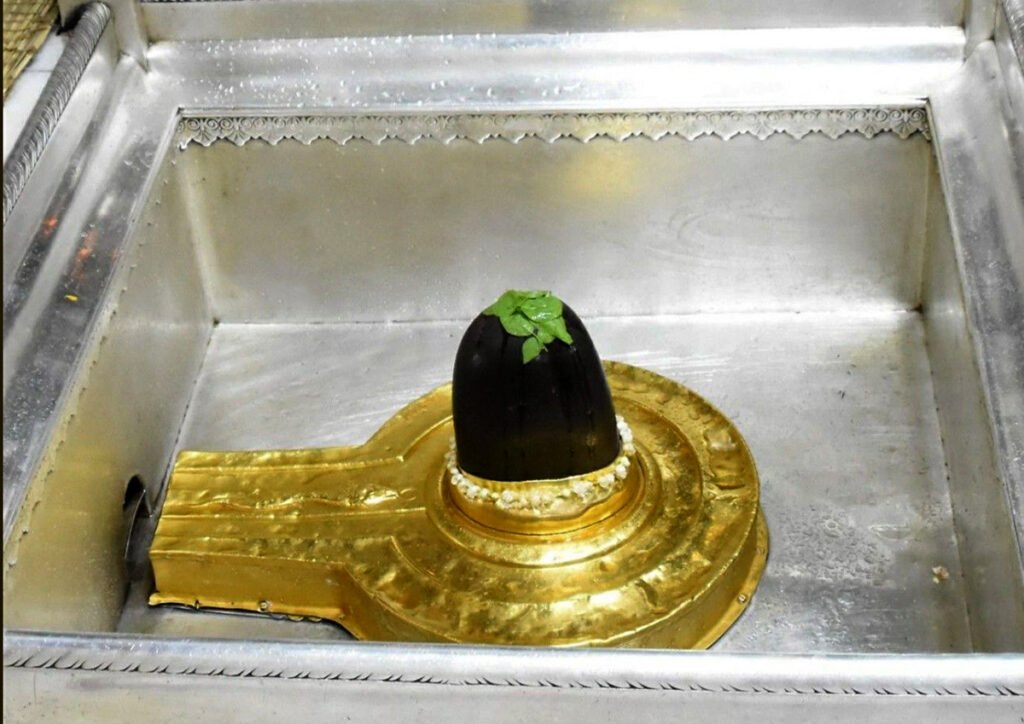
One of the most sacred and beautiful temples dedicated to Lord Shiva is Kashi Vishwanath Jyotirlinga, an ancient city situated in Varanasi, Uttar Pradesh. The holy temple, simply known as the Golden Temple, stands majestically upon the western bank of the holy river Ganga. This temple is one of the twelve Jyotirlingas, making it one of the most essential pilgrimage sites for millions.
The history of this temple goes as far back as ancient times. Varanasi is believed to be the first Jyotirlinga to have manifested in the world. According to legend, Lord Shiva manifests himself at that very place as an infinite column of light (Jyotirlinga) to settle the supremacy of Lord Brahma and Lord Vishnu, who fight over it12. The present structure of the temple was commissioned and constructed in 1780 by the Maratha queen Ahilyabai Holkar, who later became a beacon of faith and devotion to subsequent generations3.
The Kashi Vishwanath Temple is a worship temple that is taken to be a symbol of enlightenment and divine grace. It features some very beautiful carvings and has a gold-plated spire and dome, donated by Maharaja Ranjit Singh of Punjab in 18351. In the sanctum sanctorum is located the revered Jyotirlinga said to provide liberation (moksha) to every single individual who visits and offers his or her prayers.
Spiritual ambience and effervescent energy were what largely win the heart of visitors to Kashi Vishwanath Jyotirlinga. Its location right in the heart of the city amidst the hustle bustle of ghats and narrow lanes themselves added to its mystique appeal. The recently opened Kashi Vishwanath corridor has made the temple not only easily and beautifully accessible but has snuggled the brand of Ganga riverside3.
Whether you are a devout pilgrim or just a passing traveler, Kashi Vishwanath Jyotirlinga promises to take you through a journey into the heart of India’s spiritual heritage. Historical and divine aura, historical significance, and architectural splendor make it a must-visit destination for all those who seek anointing and a deeper connection with the divine.
10. Triambakam (Trimbakeshwar Jyotirlinga) at the bank of Gautami River (Maharashtra)

Trimbakeshwar Jyotirlinga is an important temple, located in the historic town of Trimbak near Nashik in the state of Maharashtra. It is one of the twelve Jyotirlingas and is considered an important centre for pilgrimage for devotees coming from all walks of life for divine blessings and enlightenment.
The temple is actually famous for its unique Jyotirlinga, holding three faces that represent the Hindu Trinity: Brahma, Vishnu, and Shiva. This representation is rare and hence gives signification of unity in creation, preservation, and destruction, making Trimbakeshwar an important symbol of cosmic balance12.
Yet another famous attraction of the temple is the origin of the sacred Godavari River. The river stands at the source between Sahyadri Hills, making this place not only sacred but also scenic. According to authentic sources, it is believed that the river Godavari flows from the Kusavarta Kunda, a holy pond in the precincts of the temple, in front of the above-mentioned Radha Raman, which was created by the sage Gautama13.
Indeed, the architecture of Trimbakeshwar Temple is one which pays a tribute to Hemadpanthi style replete with intricate stone carvings and majestic spires. The temple was rebuilt after being destroyed by Mughal invaders in the 18th century by Maratha ruler Balaji Baji Rao12.
Trimbakeshwar Jyotirlinga is one such place where the mystifying presence of Lord Shiva, along with the rich historical background and serenity encompassing it, appeals to the hearts of all the visitors coming here. It is one of the few temples around which architectural grace can be so plainly evident; however, this sacred place with its spiritual energy beckons all who seek a deeper bonding with the divine.
11. Kedar (Kedarnath) in the Himalayas (Uttarakhand)
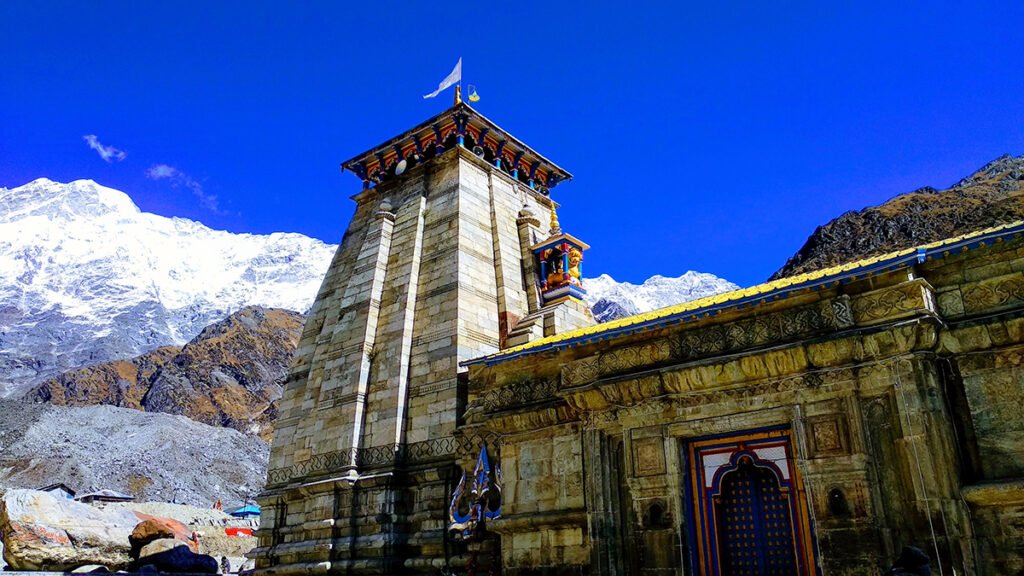
Kedarnath Jyotirlinga is a very sacred and remote temple of Lord Shiva situated in the majestic Garhwal Himalayas of Uttarakhand. As per their religious importance, this temple built 3503 meters or 11,755 feet near Mandakini River holds very significant cultural place for pilgrimage people to obtain Godly blessings and enlightenment12.
There is much myth and devotion in the history of the temple. According to Hindu mythology, the Pandavas who had fought the Kurukshetra war, approached Lord Shiva so as to atone for all the wrongs they had committed. Shiva not wanting to be found, took the avatar of a bull, ran to Kedarnath, where he sunk into the ground, but his back rasping out as his hump which is adored as the Jyotirlinga3.
Kedarnath Temple is also not only a place of worship but symbolizes tenacity and faith. The temple has withstood many trials and tribulations, such as the 2013 floods, but unlike in the rest of the environment, the temple had minimal damage, primarily because its front was protected by a giant rock that prevented the floodwaters from entering 3.
The construction of the temple is marvelously done with ancient Indian craftsmanship, where its stone building stands upright in this harsh Himalayan climate. The journey to Kedarnath is as adventurous as the journey itself- A 22-kilometer trek from Gaurikund that can be covered by foot, pony, or even a helicopter service2.
Visitors are attracted to the serene ambiance of Kedarnath Jyotirlinga, breathtaking views of snow-capped peaks, and the towering silhouette of Lord Shiva. This temple radiates a lifelong experience of combined power that spirituality and nature can achieve, something that should not be missed on journeys to learn more about his divine.
12. Gushmesh (Grishneshwar) located at Shivalaya. (Maharashtra)
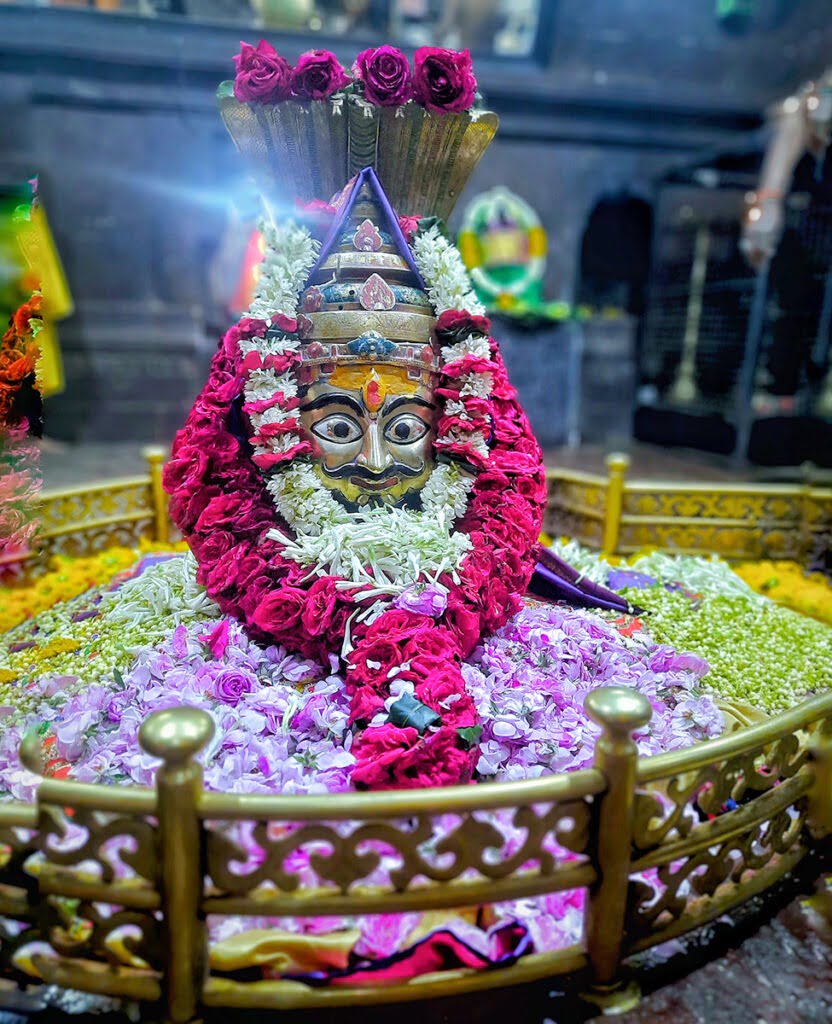
Grishneshwar Jyotirlinga or, as it is sometimes spelt, Ghushmeshwar Jyotirlinga, is a temple, in the name of Lord Shiva, not too far from the Ellora Caves at Aurangabad, Maharashtra. This holy place falls in the list of the twelfth and final one of the eighteen Jyotirlingas and thus is also an important pilgrimage place for devotees seeking blessings from the god or enlightenment.
The legend surrounding the temple and devotion is abundant in history. In the Shiva Purana, a deep-faithful woman, Ghushma, achieved a son after she was blessed to have one by Lord Shiva. But her jealous sister killed the boy and cast him into the lake. Ghushma continued to pray, and Pleased Lord Shiva brought back the son to life and manifested himself as the Jyotirlinga12.
The Grishneshwar Temple is not merely a place of worship but the badge of divine compassion, foresight, and resilience. It had gone through numerous destructions in history, and reconstruction had taken place with a legendary mention of rebuilding by hands of the Maratha queen Ahilyabai Holkar in the 18th century after it was destroyed during the Mughal-Maratha conflicts2. The design of the temple is a fine example of the style known as Hemadpanthi-style-a literal manner, described through intricate stone carvings and towering spires3.
Grishneshwar Jyotirlinga attracts not only with serene surroundings but also by the mighty, resonant presence of Lord Shiva. It holds the interest of the devotees as well as the lovers of history and culture owing to its proximity to the UNESCO World Heritage Site of Ellora Caves12.
History, architecture, or maybe just a spiritual mood-the Grishneshwar Jyotirlinga promises a journey sure to be etched in the memories forever.
How to cover 12 Jyotirlingas in India
Book a tour package
There are many tour organizations conducting pilgrimage tours to 12 Jyotirlingas in India. The tour generally includes transportation, accommodation, food, and guiding throughout for 12 temples. This is fine if you do not have much time or do not have the energy to waste your time planning a tour on your own.
Plan your own trip
You can have your 12 Jyotirlinga pilgrimage done if you are on a tight budget or just prefer to have extra flexibility. You will need to make all transport, accommodation, and meals arrangements. You may need to do research on the best times of the year and how to get to each of the temples for your itinerary .
Travel by car
Travel by car is very good if you like to choose time to stop and visit different places on the way. At the same time, one has to understand that some Jyotirlingas are in far-off places; you have to drive long distances sometimes.
Travel by train
Travel by train it is an inexpensive means if you are traveling on low budget or want to be off worried about the transport. However, notice that some Jyotirlinga can not be reached easily from a railway station. You might need to take a cab or bus from there.
Travel by air
The fastest mode to visit each of the 12 Jyotirlingas is via air travel. It is also one of the costliest ways to reach them.
Itinerary
Here is a possible itinerary for a 12 Jyotirlingas pilgrimage:
Day 1: Arrive in Ahmedabad and visit the Somnath Jyotirlinga.
Day 2: Travel to Srisailam and visit the Mallikarjuna Jyotirlinga.
Day 3: Travel to Ujjain and visit the Mahakaleshwar Jyotirlinga.
Day 4: Travel to Omkareshwar and visit the Omkareshwar Jyotirlinga.
Day 5: Travel to Rishikesh and visit the Kedarnath Jyotirlinga.
Day 6: Travel to Pune and visit the Bhimashankar Jyotirlinga.
Day 7: Travel to Varanasi and visit the Kashi Vishwanath Jyotirlinga.
Day 8: Travel to Trimbak and visit the Trimbakeshwar Jyotirlinga.
Day 9: Travel to Deoghar and visit the Vaidyanath Jyotirlinga.
Day 10: Travel to Dwarka and visit the Nageshwar Jyotirlinga.
Day 11: Travel to Rameswaram and visit the Rameshwaram Jyotirlinga.
Day 12: Travel to Aurangabad and visit the Grishneshwar Jyotirlinga.
This itinerary can be customized to fit your budget, time constraints, and preferences. For example, if you are short on time, you can skip some of the temples or travel by air to save time.
Tips for visiting the 12 Jyotirlingas
Here are a few tips for visiting the 12 Jyotirlingas:
- Book transport and accommodation in advance, if travelling in peak season.
- Carry clothes for varied climatic conditions since Jyotirlingas are scattered all over India, each differing in climatic conditions.
- Clothing: Men should wear dhotis. And ladies should wear saris or salwar kameezes to reach the temples.
- Dress suitably for the temple.
- Observe the customs followed in the temple with respect.
- Pray and provide oblations with utmost devotion.
Significance of 12 Jyotirlingas in India:
Divine Manifestation: Each Jyotirlinga is believed to be a divine manifestation of Lord Shiva himself. They are considered to be self-manifested, eternal, and powerful forms of the deity.
Pilgrimage and Devotion: The Jyotirlingas attract millions of devotees from all over the world who undertake pilgrimages to these holy sites. It is believed that visiting and worshiping at the Jyotirlingas can cleanse sins, bestow blessings, and grant spiritual enlightenment.
Spiritual Power and Blessings: The Jyotirlingas are believed to possess immense spiritual power and divine energy. Devotees seek the blessings of Lord Shiva through worship, prayers, and offerings at these sacred sites. It is believed that worshiping at a Jyotirlinga can bring fulfillment of desires, inner peace, and spiritual growth.
Association with Legends: Each Jyotirlinga has associated legends and stories that highlight the divine presence and miracles performed by Lord Shiva in that particular location. These legends add to the reverence and significance of the Jyotirlingas.
Unity and Oneness: The twelve Jyotirlingas symbolize the unity and oneness of Lord Shiva, emphasizing the belief that He is present in various forms across different regions of India. They serve as unifying symbols of devotion for Shiva devotees.
Cultural and Historical Heritage: Many Jyotirlingas are housed in ancient temples that have historical and architectural significance. They reflect the rich cultural heritage of the region and are often revered as architectural marvels.
What is the mystery of 12 jyotirlingas?
Hinduism believes the 12 Jyotirlingas to be the holiest site for the prayer offering to Lord Shiva. They symbolize infinite powers and Shiva’s ability to take forms upon forms. Enigma in Hindu mythology envelopes these 12 Jyotirlingas and has left a source of fascination and devotees enthralled for centuries.
The most interesting fact related to the origin of the 12 Jyotirlingas is that they are said to have occurred due to a great controversy between Lord Brahma, the god of creation, and Lord Vishnu, the god of preservance. It had emerged between them on who was the supreme god. And finally, this happened when Lord Shiva appeared as an infinite pillar of light which pierced all three worlds. He challenged both Brahma and Vishnu to search for the end of this pillar, stating that whoever would be found at the end of the pillar would be the supreme god.
Brahma, puffed up with his ego, boasted that he had reached the end of the pillar and thus lied, while Vishnu, humble, replied that he could not. Indignant at Brahma’s pride and pleased by the humility of Vishnu, Shiva declared that Brahma would seldom be worshipped and bestowed upon Vishnu the name ‘preserver of the universe’. Shiva emerged as 12 Jyotirlingas in varying forms of his divine energies.
The 12 Jyotirlingas lie dispersed all over India, one at a sacred place that is rich in spiritual worth. It has powers of excellence, and millions of devotees visit these every year. Enigma surrounding them made their attraction because it was believed that they stood in the middle of Hindu worship and pilgrimage.
Here are some of the enigmas that still interest the devotees and scholars:
While with several Jyotirlingas, it is not known where some of them lie – like Netaji and Bhadreshwar. The problem lies in the fact that this only builds mystery around the places and is a fabulous notion to encourage the pilgrims to make pilgrimages to seek the unknown whereabouts.
Significance of Their Placement: The 12 Jyotirlingas are geographically spread all over the world but said to create a powerful grid of energy sustaining the universe. Their placement is said to correspond to specific chakras in the human being, i.e., significant centers of energy, hence suggesting an intense connection of the Jyotirlingas with individual spiritual development.
The manifestation of Shiva: Each of the Jyotirlinga has different manifestations of Shiva, and so on goes the varied extent of his attributes. There are differences from one Jyotirlinga to the other as well, to which aspects of his power-the creative, preservative, and destructive-prominently is described as a cyclical nature of the universe.
How tall is 12 jyotirlinga?
The heights of the 12 Jyotirlingas vary. Here is a table of the approximate heights of each Jyotirlinga:
| Jyotirlinga | Location | Height (feet) | Height (meters) |
|---|---|---|---|
| Somnath | Gujarat | 60 | 18.3 |
| Mallikarjuna | Andhra Pradesh | 150 | 45.7 |
| Nageshwar | Gujarat | 84 | 25.6 |
| Bhimashankar | Maharashtra | 150 | 45.7 |
| Grishneshwar | Maharashtra | 120 | 36.6 |
| Omkareshwar | Madhya Pradesh | 180 | 54.9 |
| Mahakaleshwar | Madhya Pradesh | 250 | 76.2 |
| Baidyanath | Jharkhand | 75 | 22.9 |
| Kashi Vishwanath | Uttar Pradesh | 70 | 21.3 |
| Kedarnath | Uttarakhand | 80 | 24.4 |
| Trimbakeshwar | Maharashtra | 100 | 30.5 |
| Rameshwaram | Tamil Nadu | 65 | 19.8 |
As you can see, the heights of the Jyotirlingas range from 60 feet (18.3 meters) to 250 feet (76.2 meters). The tallest Jyotirlinga is Mahakaleshwar in Madhya Pradesh, while the shortest is Somnath in Gujarat.
FAQ:
What are the 12 Jyotirlingas?
Jyotirlingas are 12 saintly temples dedicated to God Shiva. There are 12 Jyotirlingas situated at different locations of India, and all of them are considered to be the avatars of Lord Shiva in the abstract form of a lingam-deification of the deity .
Are the Jyotirlingas open to all?
Yes, the Jyotirlingas are opened to all people belonging to any religion and tourism visit is permitted in these temples. In each and every temple, religious practices and customs must be respected.
Do the Jyotirlingas have their own special rituals or festivals?
Each Jyotirlinga temple has its ritualistic and festivals. Maha Shivaratri is one common festival among all Jyotirlinga temples though it differs as per location about the rituals and festivals.
Do I have to dress up particularly when visiting the Jyotirlingas?
While there is no particular dress code, it would be prudent to keep dressing modestly and in respectful attire while visiting these temples sim ilar to the general norms at most Indian religious destinations.
Are there accommodations nearby the Jyotirlingas?
Yes, most of the temple towns have guest houses, hotels, or dharmashalas for pilgrims.
What is the order of visiting 12 jyotirlinga?
There is no prescribed order in which to visit the 12 Jyotilingas. However, there are two popular routes that pilgrims often take:
Northern Route:
- Kedarnath in Uttarakhand
- Kashi Vishwanath in Varanasi, Uttar Pradesh
- Baidyanath in Deoghar, Jharkhand
- Mahakaleshwar in Ujjain, Madhya Pradesh
- Omkareshwar in Khandwa, Madhya Pradesh
- Grishneshwar in Aurangabad, Maharashtra
- Bhimashankar in Pune, Maharashtra
- Trimbakeshwar in Nashik, Maharashtra
- Somnath in Gujarat
- Nageshwar in Dwarka, Gujarat
- Mallikarjuna in Srisailam, Andhra Pradesh
Southern Route:
- Rameshwaram in Tamil Nadu
- Nageshwar in Dwarka, Gujarat
- Somnath in Gujarat
- Mallikarjuna in Srisailam, Andhra Pradesh
- Trimbakeshwar in Nashik, Maharashtra
- Bhimashankar in Pune, Maharashtra
- Grishneshwar in Aurangabad, Maharashtra
- Omkareshwar in Khandwa, Madhya Pradesh
- Mahakaleshwar in Ujjain, Madhya Pradesh
- Baidyanath in Deoghar, Jharkhand
- Kashi Vishwanath in Varanasi, Uttar Pradesh
- Kedarnath in Uttarakhand
